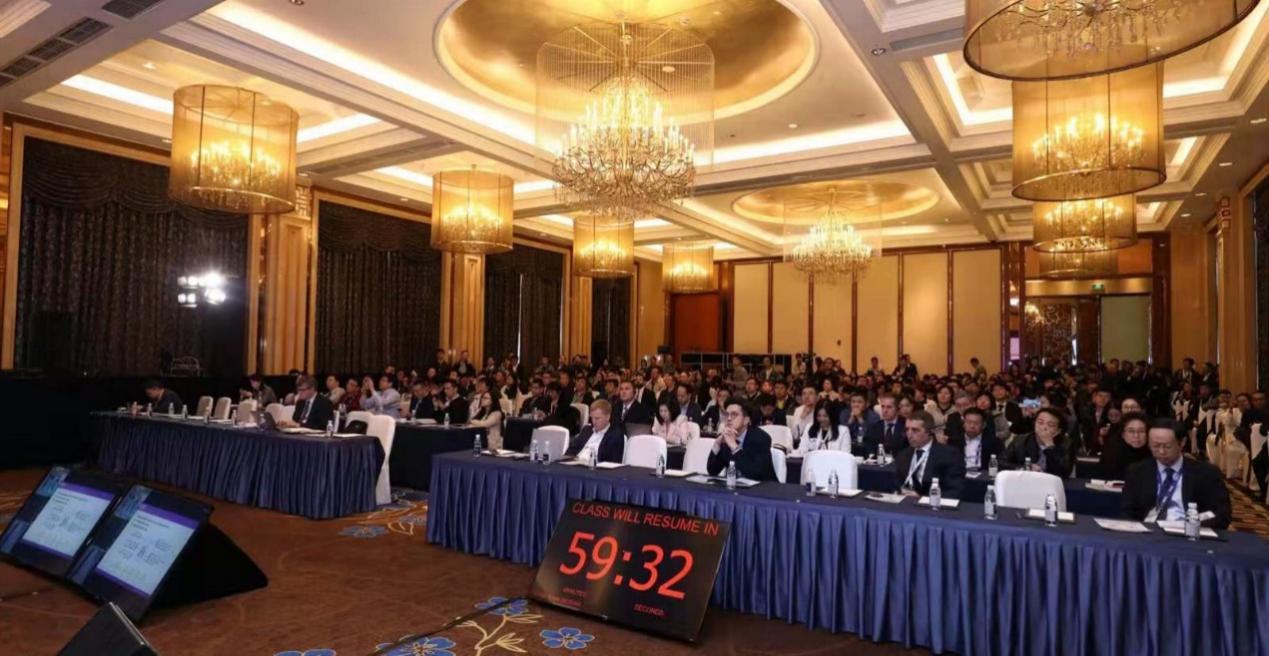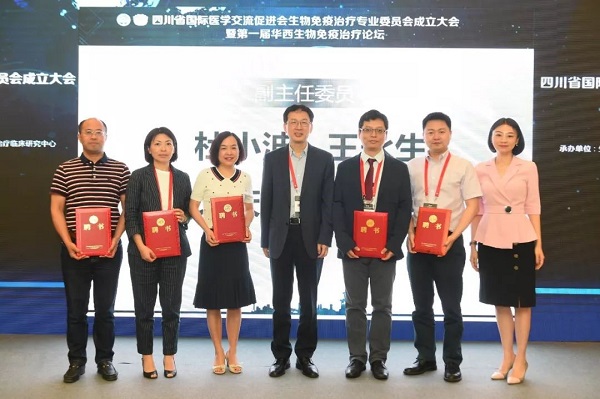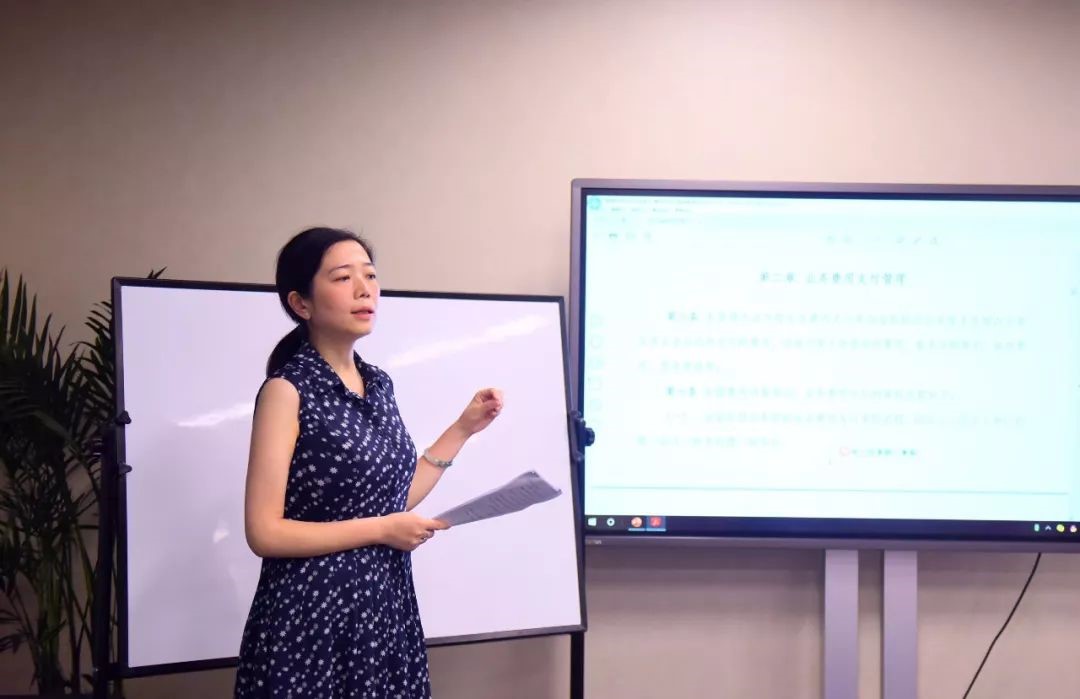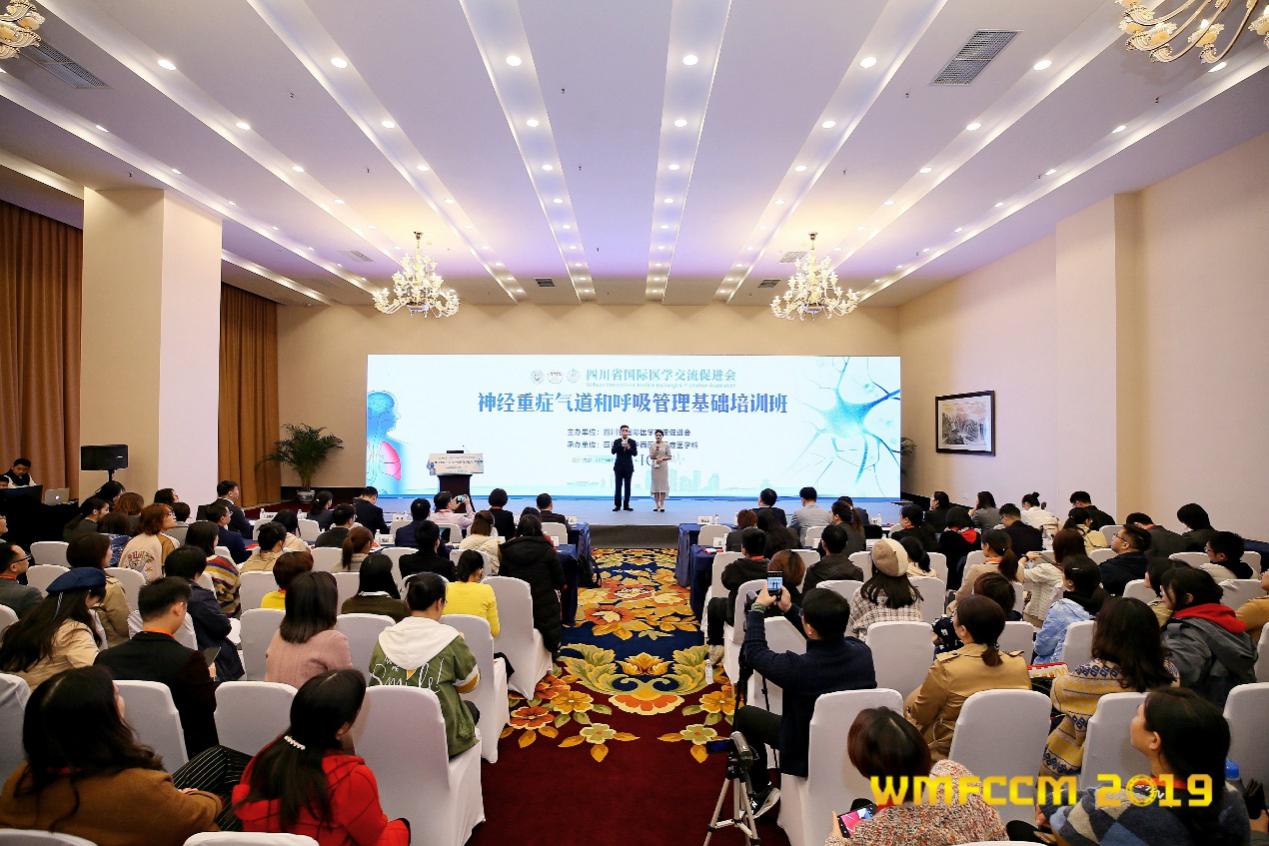Source: MedSina
© SCIMEA and MedSina
The 2019 China-Japan Advanced Medical and New Drug R&D Summit and Achievements Transformation Conference was held in Chengdu on November 10. More than 1,000 Chinese and Japanese government officials, experts and academics, enterpreneurs, and representatives from esteemed institutions of higher learning, research institutes and investment agencies. Among them were Daisaku Sato, Director of Office of Cellular and Tissue-based Products, Pharmaceuticals and Medical Devices Agency (PMDA), Masanori Fukushima, President of the Translational Research Center for Medical lnnovation (TRI), and Wei Yuquan, Academician of Chinese Academy of Sciences.

Daisaku Sato, Director of Office of Cellular and Tissue-based Products, PMDA
After his speech, Daisaku Sato had an interview with MedSina, sharing his views about the differences between the roles of PMDA and the National Medical Products Administration (NMPA), its Chinese counterpart, and the investment made by Chinese and Japanese pharmaceutical companies.
When asked about the differences between the roles of PMDA and NMPA, the differences between Japan’s and China’s drug review and approval systems, and the possibilities of mutual learning and cooperation, Director Sato said: “the roles of PMDA and NMPA are similar, despite subtle differences in certain norms. However, such differences do not dictate their strengths or weaknesses. It’s necessary that we acknowledge the differences, learn from each other, and advance together on the ground of mutual understanding.”
Japanese pharmaceutical companies such as Daiichi Sankyo and Takeda, two influential ones in the world, have made intensive investment in China, which promoted regional economic development in China and improved the health of its people. Similarly, Chinese companies are gearing up to invest in Japan. Against this backdrop, MedSina asked Director Sato about PMDA's stance on the investment by Chinese pharmaceutical companies such as Hengrui Medicine and Chia Tai Tianqing (CTTQ) in Japan.
“PMDA supports all medical programs that are founded upon scientific theories and experimental data, and benefit the Japanese people. Hengrui Medicine and CTTQ are both preeminent Chinese pharmaceutical companies. We look forward to their investment in and contribution to the development of Japan’s pharmaceutical industry. Meanwhile, we would love to see more Chinese companies working with Japan.”
On the conference, Director Sato was given a glimpse of Chengdu’s state-of-the-art pharmaceutical industry and bio-tech zones. He applauded the city for its unparalleled appeal to capital and bio-medical talent. In the meantime, he wished to see China and Japan riding on the wave of accelerated development of pharmaceutical industry in cities like Chengdu. By doing so, he said, the two can join hands for deeper cooperation on more medical fronts and unite the efforts from each other’s industries, universities and research institutes, in a bid to fundamentally expedite the development of advanced pharmaceutical industry and provide better healthcare.






